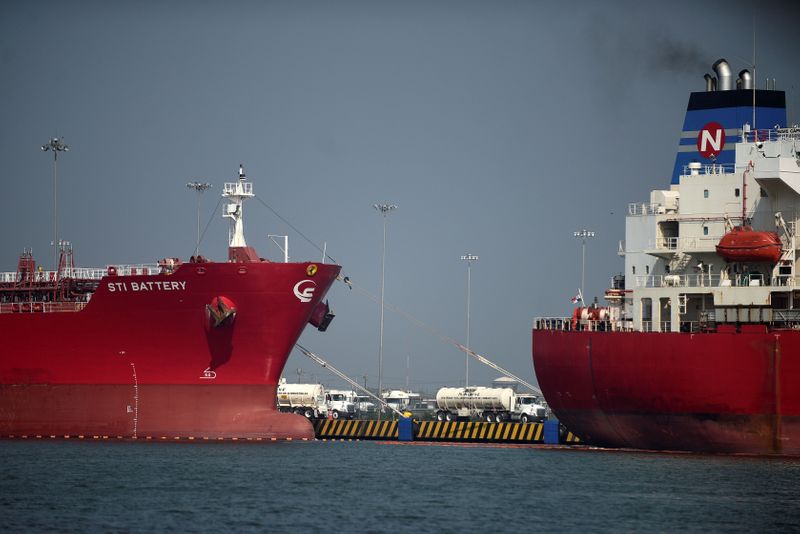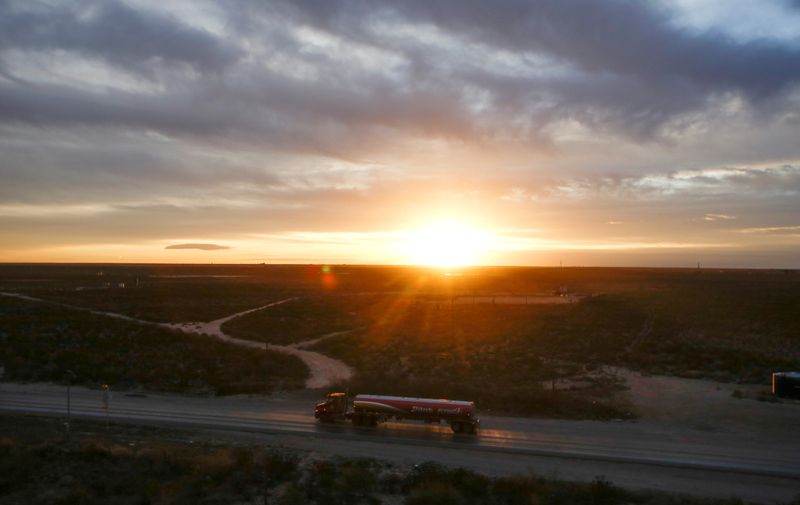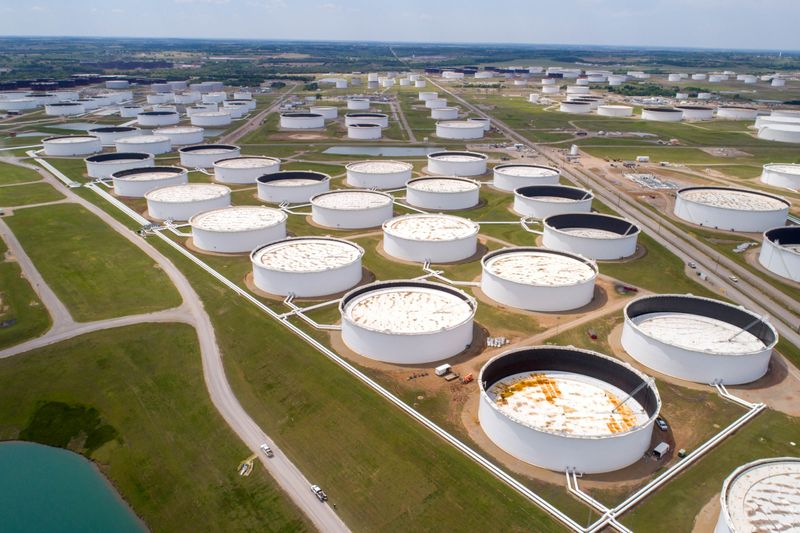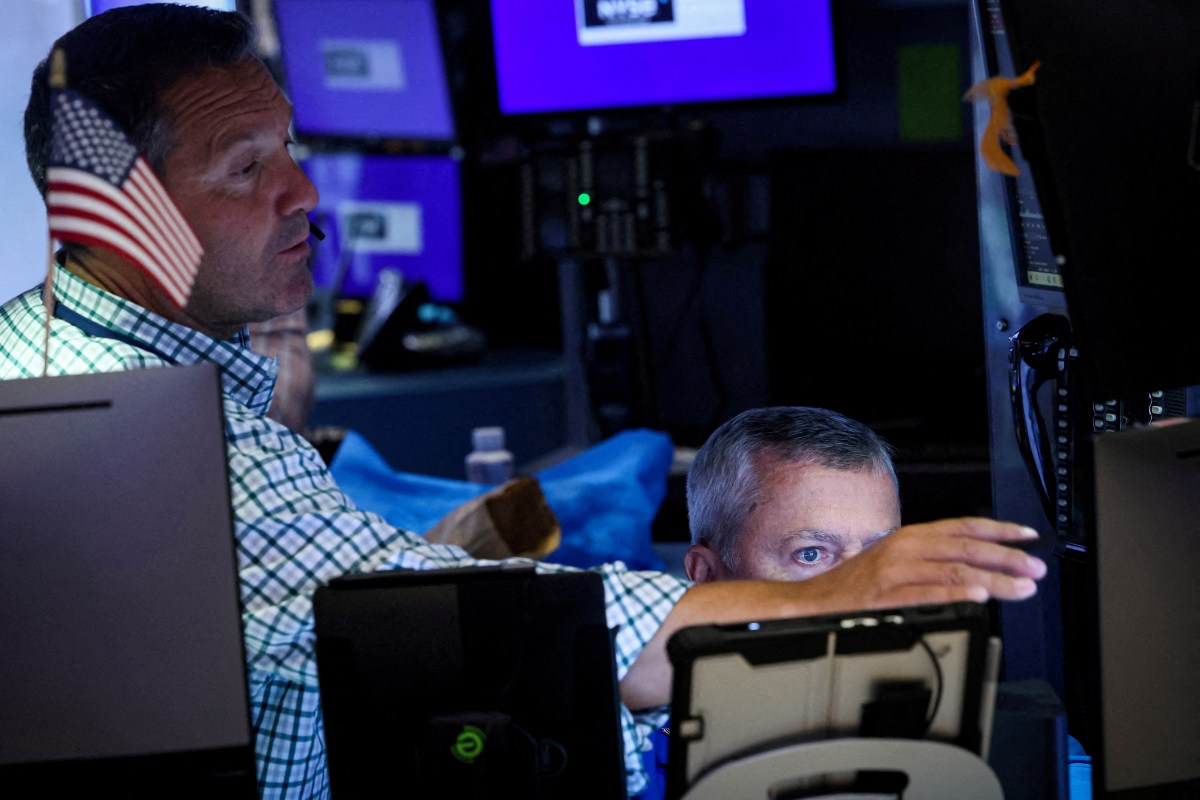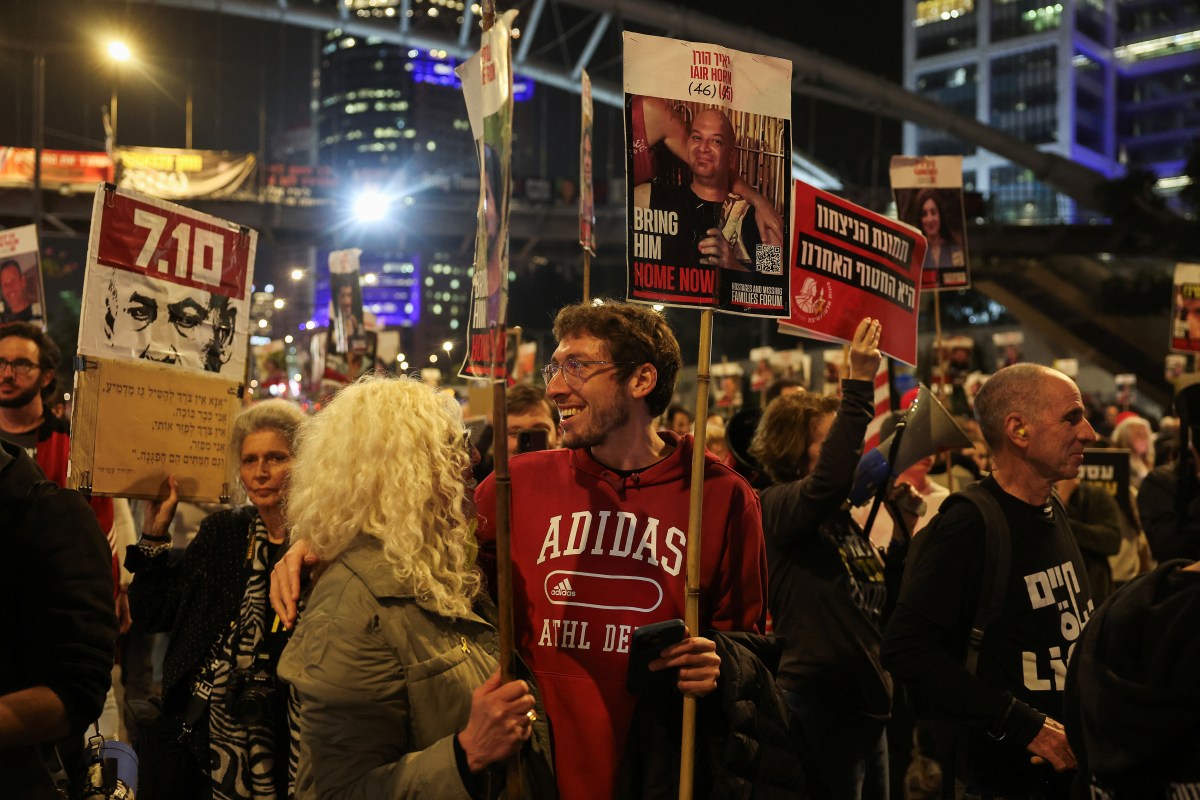LONDON/MOSCOW (Reuters) – From Kazakhstan to the North Sea and the United States, physical crude has jumped in value in recent days but the rally will likely be tactical and short-lived rather than signalling a proper recovery, according to traders and analysts.
The market, which saw some physical grades selling at prices close to zero just a few weeks ago, is indeed being helped by production cuts by the Organization of the Petroleum Exporting Countries and its allies and in North America.
But as the world starts to ease lockdowns, which have restricted the movement of some 4 billion people to prevent the spread of the coronavirus, oil demand recovery will be slow and timid.
The world first needs to unwind huge stocks of crude and products before refining appetite for crude becomes sustained again.
“The physical market is tighter since prompt barrels are stored or floating. Sellers are in the driver’s seat now,” one European trader said.
Failing to sell and with a steep contango, trading firms have been scouring the globe to book onshore and floating storage. A contango market structure means the current value is lower than in later months, which can make it profitable to store oil now to sell at a higher price later.
Even though the market shows signs of recovery, many have hedged their floating storage some six months to a year out and have little incentive to offer their oil now. Refined products are also being stored at sea but more is in cheaper onshore tanks.
Further, the structure has not yet flattened out though the front-month contango on futures has narrowed sharply.
Making a profit out of floating crude tankers depends on the tenor of the storage contract, meaning a trader will have hedged for that time period. The trader will not release the oil until the contract ends, the market is flat or in the reverse structure called backwardation.
Traders at refineries cautioned that the uptick could be short-lived as the higher prices could scare them off.
“What we are seeing in terms of refining margins so far in May is worse than in the first two weeks of April and that’s when crude was cratering,” Eugene Lindell, senior analyst at JBC Energy, said.
“There’s simply too much product in storage. A sharp increase in demand for products does not mean the same for crude. We’re cautious on this rebound as demand for core products will be up some 7.5 million bpd (barrels per day) in May versus April, while crude demand will rise only up 2 million bpd. Differentials have risen but from abysmal levels.”
EUROPE RESURFACES FOR NOW
China was the one bright spot in April that helped provide a floor to physical prices when the country’s demand began recovering as its lockdowns eased.
Now, Europe has joined in. Spain and Italy have eased their stringent lockdown rules and Germany has been steadily reducing restrictions.
“We see some demand from European refineries, not Asia now. Several companies prepare to increase runs, restart units,” a trader with an oil major said.
More demand for Russian crude was seen from Poland, Italy, Finland, France and the Netherlands just as the loading plan was cut by 40% in May. Russia’s key export grade Urals rose to a premium to dated Brent at the end of April from around minus $4 a barrel.
Exxon Mobil Corp has taken at least 3-4 cargoes of the grade as well, replacing China as the big buyer compared with April. The economics to Asia are less favourable with a narrower contango.
Similarly, Asia-focused Russian ESPO Blend was last sold at a discount of $1-$1.30 a barrel to Dubai quotes at the end of April, up $4 from record low discounts.
In another stark example, Saudi Arabia raised its official selling prices in June after two months of extremely low levels.
Azeri Light has jumped up around $4 to trade at a premium of between $2-$3 a barrel to dated Brent since last week while Kazakh CPC Blend is up $5 since April.
Freight rates have also sunk since last week lending multi-dollar boosts to grades sold on a free-on-board basis such as in the North Sea, namely Troll and Oseberg, and West Africa, such as Angolan Girassol.
U.S. grades including WTI Midland, Mars and WTI MEH have similarly jumped as production shut-ins ramp up. Overall, output is expected to be down between 3.5 million and 4.4 million bpd in May in the United States and Canada, Plains All American Pipeline LP said in an earnings call on Tuesday.
“Now that the flat price has rallied…I was offered some barrels today for June from a producer that originally cut,” a U.S.-based trader said.
(Additional reporting by Shu Zhang in Singapore, Laila Kearney and Devika Krishna Kumar in New York and Ahmad Ghaddar in London; Editing by Marguerita Choy)

